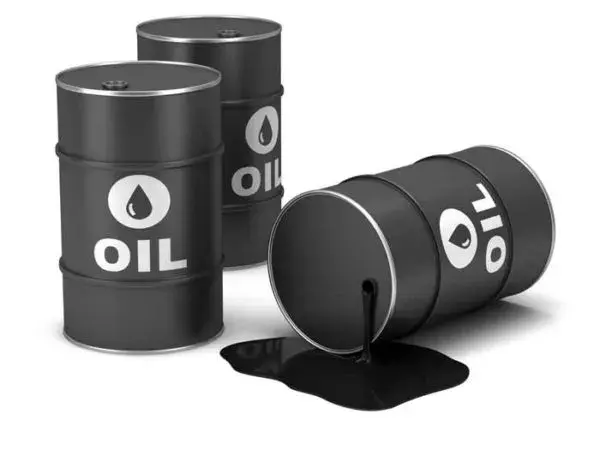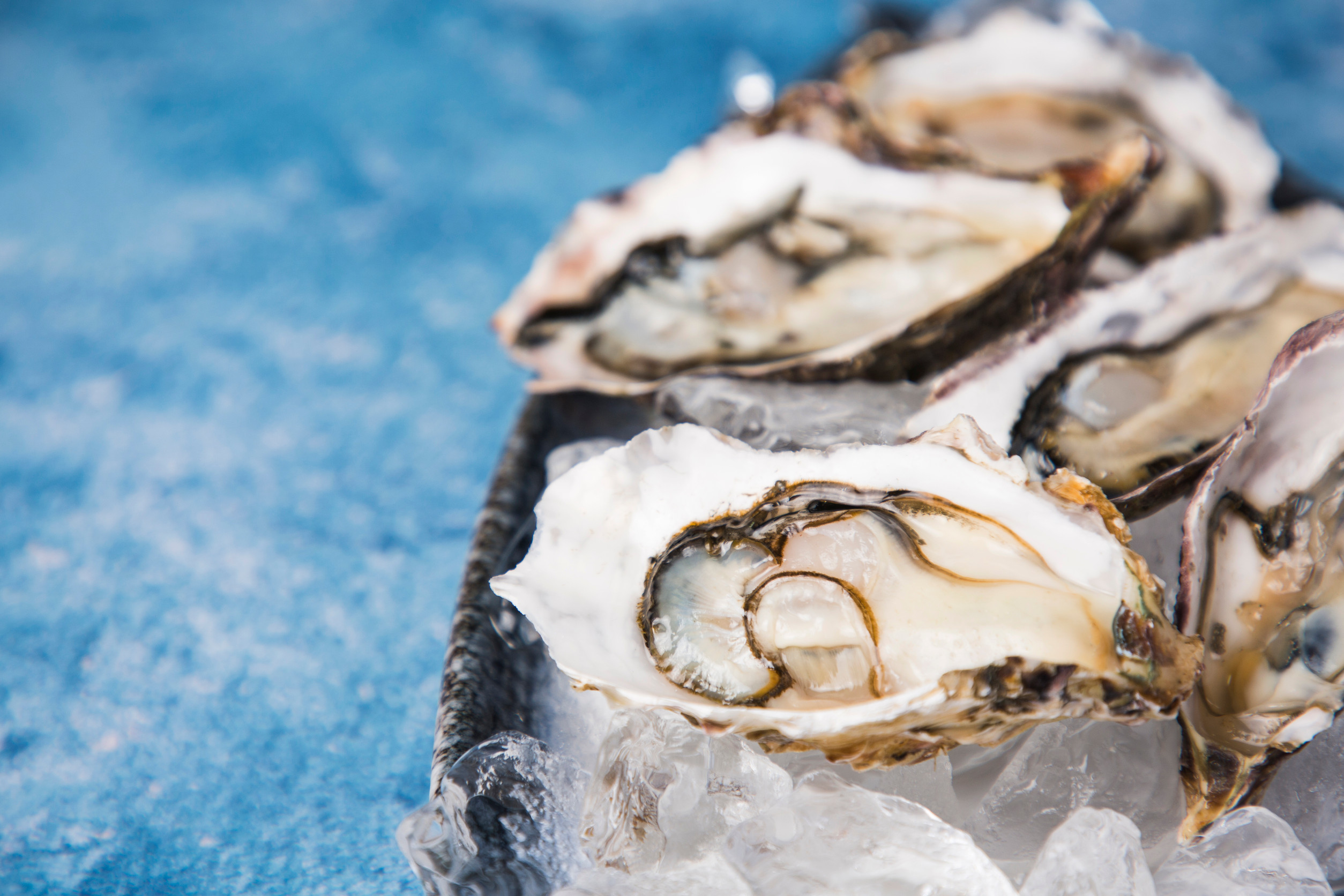April 15, 2025 report This article has been reviewed according to Science X's editorial process and policies . Editors have highlightedthe following attributes while ensuring the content's credibility: fact-checked peer-reviewed publication trusted source proofread by Justin Jackson , Phys.org Nankai University researchers have found that plant leaves can directly absorb microplastics (MPs) from the atmosphere, leading to a widespread presence of plastic polymers in vegetation.
Concentrations of polyethylene terephthalate (PET) and polystyrene (PS) were detected in leaves collected from multiple environments, including urban areas and agricultural sites. The study is published in the journal Nature . Researchers performed field investigations and laboratory simulation experiments to quantify plastic accumulation in plant leaves.

Leaf absorption was confirmed as a significant pathway for plastic accumulation in plants, with evidence of translocation into vascular tissue and retention in specialized structures like trichomes. MPs have been detected throughout terrestrial environments, including soil, water, and air. Laboratory studies have shown that plant roots can absorb MPs, with submicrometer and nanometer-sized particles of PS and polymethylmethacrylate transported upward from the roots of Triticum aestivum, Lactuca sativa, and Arabidopsis thaliana.
Root uptake through the apoplastic pathway has been observed, yet translocation to shoots occurs slowly. Airborne MPs have been measured at concentrations between 0.4 and 2,502 items per cubic meter in urban settings such as Paris, Shanghai, Southern California, and London.
Laboratory experiments demonstrated the foliar absorption of nanoparticles including Ag, CuO, TiO 2 , and CeO 2 . Plastic particles have been shown to deposit on plant surfaces , and some studies reported internal accumulation following exposure to high levels of commercial PS models. A previous study in Southport, Australia reported the presence of acrylic particles in Chirita sinensis leaves but did not quantify them or relate the findings to atmospheric levels.
An investigation in Lisbon detected suspected MPs in urban-grown lettuce, yet could not reliably distinguish plastic particles or eliminate potential contamination during sample processing. Sampling was conducted at four locations in Tianjin, China: a Dacron manufacturing site, a public park, a landfill, and a university campus. Additional experiments exposed maize (Zea mays L.
) plants to atmospheric dust containing MPs under controlled conditions. All plant leaves were washed with filtered distilled water and ethanol to remove surface contaminants before analysis. Plastic levels in leaves collected near the Dacron factory and a landfill site were up to two orders of magnitude higher than those found at a university campus.
At the most polluted sites, concentrations of PET reached tens of thousands of nanograms per gram of dry leaf weight. PS levels followed a similar pattern, with the highest values detected in leaves from the landfill site. PET and PS were also found in nine leafy vegetables, with open-air crops exhibiting higher levels than greenhouse-grown counterparts.
Nano-sized PET and PS were visually confirmed in plant tissue . Older leaves and outer leaves of vegetables accumulated more plastic than newly grown or inner leaves, suggesting an accumulation over time. Laboratory exposure of maize to plastic-laden dust resulted in measurable PET absorption in leaf tissue after just one day.
PET was not detected in roots or stems under similar root-exposure conditions. Fluorescent and europium-labeled particles enabled visualization of stomatal entry and subsequent migration through the apoplastic pathway. Discover the latest in science, tech, and space with over 100,000 subscribers who rely on Phys.
org for daily insights. Sign up for our free newsletter and get updates on breakthroughs, innovations, and research that matter— daily or weekly . Abscisic acid was applied to maize roots to chemically induce stomatal closure.
Plants exposed to dust laden with PET MPs under these conditions showed significantly lower absorption in leaf tissue, confirming that open stomata are crucial for foliar uptake of airborne MPs. Plastic particles absorbed through leaves accumulated in measurable quantities across multiple species and sites. Airborne PET and PS entered leaves through stomata and moved along internal pathways to vascular tissues and trichomes.
Concentrations increased with exposure time, environmental levels, and leaf age. Field measurements showed that plastic accumulation in aboveground plant parts exceeds what is typically absorbed through roots. Widespread detection of plastic polymers and fragments in edible plant parts confirms atmospheric exposure as a significant route of entry into vegetation.
As leaves function as a primary source in terrestrial food chains, the presence of accumulated MPs suggests the potential for exposure to multiple layers of the ecosystem. Future research is needed to assess the ecological and health risks associated with the presence of MPs in plant leaves and accumulated plastic particles in plant-eating animals, insects, micro-organisms and humans. More information: Ye Li et al, Leaf absorption contributes to accumulation of microplastics in plants, Nature (2025).
DOI: 10.1038/s41586-025-08831-4 Willie Peijnenburg, Airborne microplastics enter plant leaves and end up in our food, Nature (2025). DOI: 10.
1038/d41586-025-00909-3 Journal information: Nature © 2025 Science X Network.
Environment

Airborne microplastics infiltrate plant leaves, raising environmental concerns

Nankai University researchers have found that plant leaves can directly absorb microplastics (MPs) from the atmosphere, leading to a widespread presence of plastic polymers in vegetation. Concentrations of polyethylene terephthalate (PET) and polystyrene (PS) were detected in leaves collected from multiple environments, including urban areas and agricultural sites. The study is published in the journal Nature.














